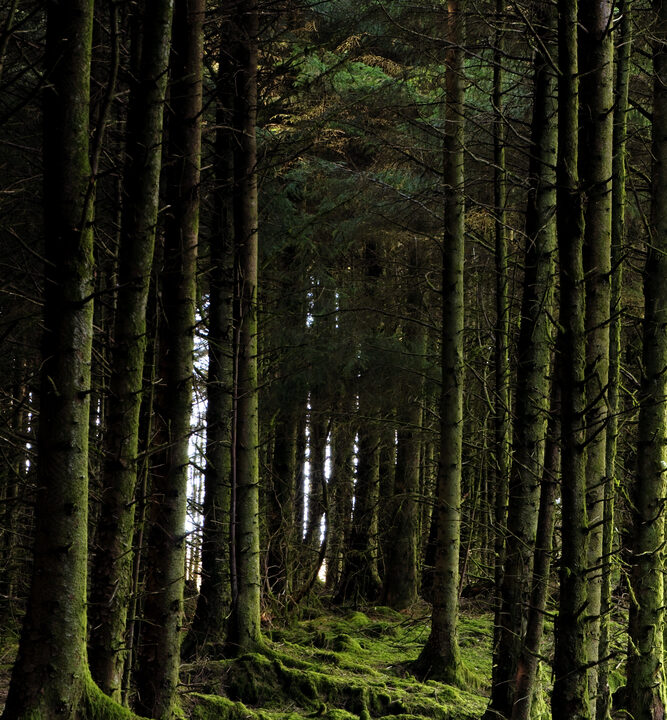Conifer woodland production represents the starting point for much of the worlds’ timber and paper industries. But it has an economic drawback that its growers know all too well: it takes 30 years or more for a pine stand to mature and turn a profit.
That’s why Agricultural Research Service (ARS) scientists in the US, Daniel Pote and David Burner, are working on environmentally friendly strategies that commercial conifer growers can use to get the most from their stands.
One aspect that they concentrate on is harvesting fallen pine needles as “straw” for use as landscaping mulch. A main goal in doing this is to help growers supplement their income from their pine stands while still keeping the stands’ environmentally intact and viable.
According to Pote, pine straw tends to interlock and stay in place better than most other mulches while still retaining a loose, open structure that allows air, nutrients and water to easily reach the soil surface. But he’s also concerned that forests and watersheds from which pine straw is harvested could suffer from the loss of these benefits.
Pote’s studies showed that although harvesting pine straw increases runoff, soil erosion and some nutrient loss, these impacts can be softened by less-frequent harvesting. He noted that growing forage under the pine-tree canopy to hold soil in place when straw is removed is a conservation method worth considering.
Meanwhile, Burner is studying how spacing and fertilization of trees affects pine straw yield. He’s also examining how wider applications of agroforestry practices involving pine can boost income from millions of farm acres around the world that are of marginal quality for crop production. His focus is on silvopasturing, a practice that combines tree-growing with forage and livestock production.
